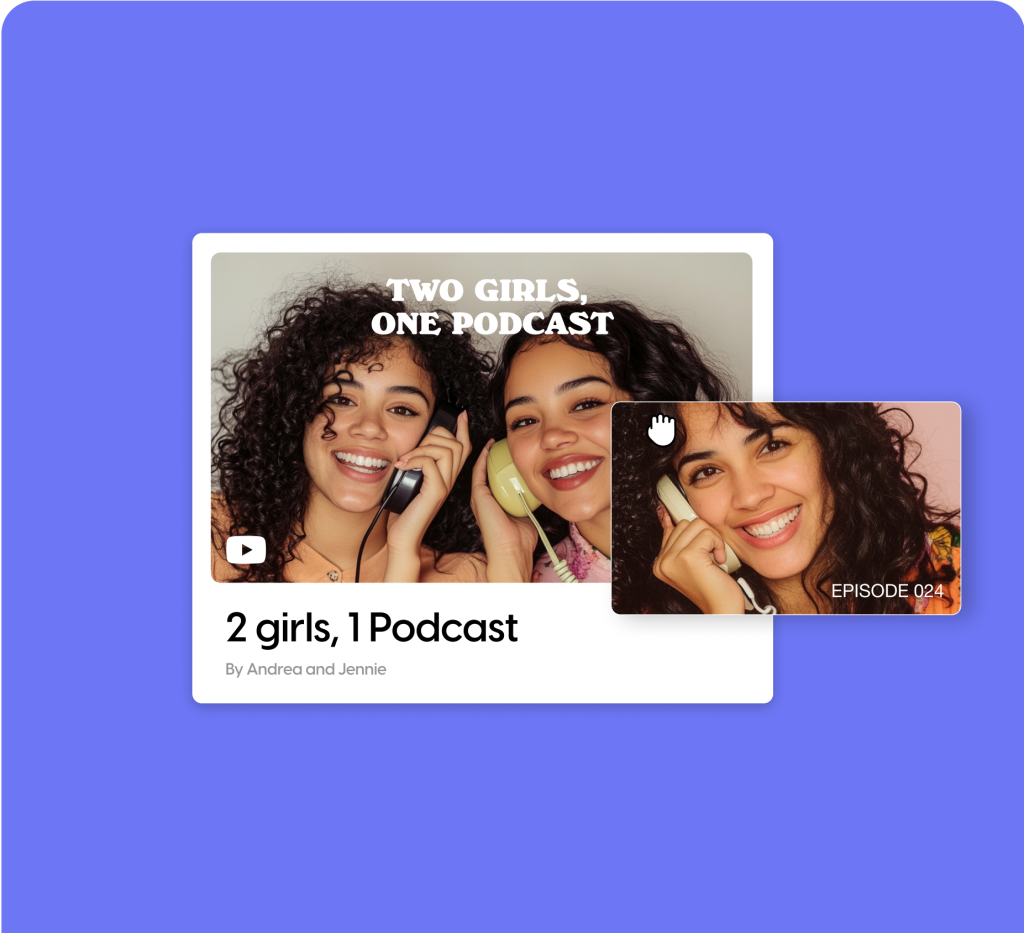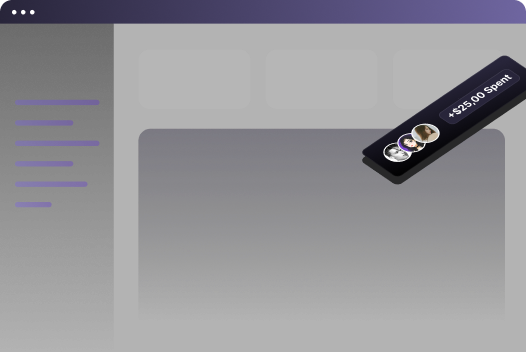
When creatives team up for a project, transparency isn’t just a buzzword – it’s the game changer that can make or break the collaboration.
Imagine working together, but no one really knows what’s happening behind the scenes. Confusion, missed expectations, and those dreaded misunderstandings start creeping in.
Sounds stressful, right?
The solution itself is simple — adopt transparency in creative partnerships — but achieving it requires a lot of teamwork and problem-solving between collaborators.
In this article, we’ll dive into why transparency is the magic ingredient in successful collaborative efforts. More importantly, we’ll give you real, actionable tips on how you and your partners can embrace openness from day one. Let’s explore how transparency can not only keep your projects on track but also make them thrive.
The foundation of transparency in creative partnerships
What is transparency in creative collaborations?
Transparency in creative collaborations is the foundation of trust, where open and honest communication flows freely. It fosters a culture of cooperation, mutual respect, and mutual understanding, ensuring everyone is on the same page as they work towards a common goal.
Effective management of creative partnerships relies on this transparency, enabling stakeholders to to share ideas, expectations, and feedback freely,
The result?
A safe space for innovation to thrive.
Clarity and honesty become the guiding lights, illuminating the path to success and fostering a deep sense of unity and purpose.
Why does transparency in creative collaboration matter?
Transparency is the glue that holds successful teams together.
By being open and honest, creative collaborators can build trust within them, which is essential for driving engagement, productivity, and profitability.
Let’s use a workplace scenario as an example:
According to Forbes research, employees in high-trust workplaces are 76% more engaged and 29% more satisfied with their lives. Transparency also helps avoid conflicts, ensures fair contributions and rewards, and fosters a culture of accountability and creativity. When leaders communicate clearly and transparently, employees are more likely to understand their roles, feel committed to their work, and strive for excellence. This leads to a significant reduction in turnover (by up to 50%), stress, and absenteeism, as well as improved collaboration, customer satisfaction, and innovation. Moreover, transparent organizations report 21% higher profit margins and 22% higher productivity, making it a key driver of business success.
Ultimately, even creative collaborators are co-workers, and your creative work is akin to being in a typical workplace.
Transparency encourages active listening, constructive feedback, and continuous learning, making it an essential element of successful creative collaborations.
The three stages of transparency in creative partnerships
1. Project initiation and goal-setting
When collaborating on a creative project, transparency is crucial from the very beginning – during the brainstorming and planning phases. This is where setting clear expectations and goals lays the foundation for a successful partnership.
By having an open dialogue about workflows, timelines, visions, and contributions, creative teams can prevent misunderstandings and ensure everyone is on the same page.
Think of it like creating a shared roadmap for your project – it helps guide the journey and prevents detours!
Transparency also helps establish a sense of ownership and accountability among team members, which can lead to increased motivation and engagement. Moreover, clear communication during this stage can help identify potential conflicts or areas of misalignment, allowing the team to address them proactively.
Much of the decision-making happens even before pen has been put to paper. The flow of creative ideas and diverse perspectives helps move the collaborative process forward so no one is working in silos.
2. Project execution
As the project unfolds, transparency remains vital during the execution phase. Regular updates, sharing progress, and addressing challenges openly are essential for maintaining trust and momentum.
Collaboration tools are critical to success at this stage. You need assets in your digital or in-person workspace that foster better collaborative projects. From Google Docs to Asana to Zoom, use free or affordable project management software at your disposal to keep the project on track, while regular check-ins can facilitate real-time communication and visibility among team members.
By keeping everyone informed and engaged, you can catch potential issues early, focus on takeaways from these key meetings, and make adjustments to stay on track.
Transparency also fosters a culture of continuous learning, where team members can share knowledge, expertise, and feedback to improve the project’s outcome. Furthermore, open communication helps to identify and celebrate strong iterations or milestones, which can boost team morale and motivation.
By maintaining transparency throughout the execution phase, you can ensure that everyone is working towards the same goals and is aware of their role in achieving them.
3. Post-project reflection
After the project is complete, transparency is still essential during post-project reflection. This is where honest feedback and discussions can help identify what worked well and what didn’t.
By sharing lessons learned and insights, collaborators can improve their approach to future projects. Clear communication during post-project reflection also helps build trust and strengthens relationships, making it easier to work together again in the future. It’s like doing a post-game analysis – you learn from your wins and losses, and come back stronger next time!
Transparency during this stage also provides an opportunity to recognize individual contributions and achievements, which can enhance team members’ sense of accomplishment and satisfaction. Moreover, open dialogue can help identify areas for personal and professional growth, leading to increased skill development and career advancement.
Transparent practices for fair creative partnerships
Transparent revenue sharing
Fair payment practices are the backbone of successful creative partnerships, and transparency is the key to unlocking harmony among collaborators.
Clear and fair revenue-sharing agreements (or “splits”) ensure that everyone involved in a project receives their rightful share of the earnings.
Consider the complex web of revenue streams attached to something like a single song: there are royalties from music sales, sync licenses, merchandise, and music videos, among others, all of which must be split between songwriters, musicians, artists, and producers.
A podcast is another example of a creative project with many complicated splits: From number of streams to ad revenue and income from podcast-related marketing, there’s a lot to track for collaborators.
By establishing clear payment terms and arrangements, creators can better understand their revenue streams and ensure equitable distribution of earnings. This transparency enables collaborators to focus on their artistic vision, secure in the knowledge that their contributions will be recognized and rewarded fairly — something we’ll touch on later in this article.
Ownership and intellectual property
When collaborating on a creative project, it’s essential to have a clear understanding of ownership and intellectual property (IP) rights. This ensures that all parties involved know what they’re entitled to and what’s expected of them.
Think of it like a prenup for your creative partnership – it may seem awkward to discuss, but it’s necessary to avoid future disputes.
Best practices include having open and honest discussions about IP arrangements, establishing clear contracts or agreements, and ensuring all contributors understand and agree on the terms. By doing so, you can avoid misunderstandings and protect everyone’s interests.
Credit and recognition
In creative collaborations, it’s important to acknowledge each person’s role in bringing the project to life. By doing so, you foster a culture of appreciation, trust, and motivation.
So, how do you ensure everyone receives the recognition they deserve?
Start by establishing a clear plan for crediting contributors from the outset. This can include listing all contributors in the final product, providing individual acknowledgments, or developing a dedicated project page or website to highlight each person’s contributions and achievements.
By being transparent and fair in your recognition practices, you create a sense of ownership and pride among team members, leading to even more innovative and exceptional work!
Breaking down barriers in creative partnerships
We all know that transparency is the backbone of successful creative partnerships, but it’s not always easy to achieve.
Challenges and obstacles can hinder the creative process, leading to misunderstandings, mistrust, and ultimately, project failure.
However, by acknowledging and addressing these common barriers, you can create a culture of openness, honesty, and collaboration that fosters innovation and drives success.
Transparency barriers
- Fear of judgment or rejection
- Inadequate communication channels
- Unaddressed cultural differences
- Hesitation to share thoughts or concerns
Strategies for enhancing transparency
- Define communication protocols
- Leverage transparency tools (e.g. mozaic)
- Ensure fair compensation
- Foster open culture
- Encourage sharing concerns
- Build trust and clarity
The financial transparency gap in creative partnerships
One of the biggest barriers to total transparency in creative collaborations is often the financial side of things.
Discussing money and payments with collaborators can be awkward and uncomfortable, but it’s a crucial conversation to have.
Without clear financial transparency, mistrust and misunderstandings can creep in, derailing even the most innovative projects. That’s why finding a solution to this financial transparency gap is essential.
mozaic’s role in promoting transparency
Payment tools like mozaic facilitate transparent payment processes, making it easier for creators to collaborate with confidence. Moreover, visibility into all earnings is vital to ensure everyone receives their fair share.
With mozaic, you can track and split earnings automatically, see real-time analytics, and customize your revenue-sharing models to fit your needs. Payouts to every collaborator on a project are then made automatically. This way, everyone knows exactly what they’re getting and when.
mozaic makes things clearer and fairer for everyone involved by making it easy to manage and share revenue transparently so you can focus on making amazing content.
So, what’s next?
Our goal is to make Mozaic the industry standard for transparent revenue management in creative collaborations. We’re committed to continually improving and expanding our platform to meet the evolving needs of creators and collaborators.
Build better transparency in creative collaborations with mozaic
Transparency is the foundation of successful creative collaborations.
By being open and honest, creatives can build trust, avoid conflicts, and ensure fair contributions and rewards.
mozaic is committed to fostering financial and recognition transparency, giving creators the money and recognition they deserve for their contributions. We make creative collaborations more transparent, fair, and successful.
With mozaic, you can:
- Manage and share revenue transparently.
- Track and split earnings automatically.
- See real-time analytics.
- Customize your revenue-sharing models.
- Get recognized for your contributions.
Ready to unlock the power of transparent creative collaborations? Learn more about mozaic and book a demo today!




